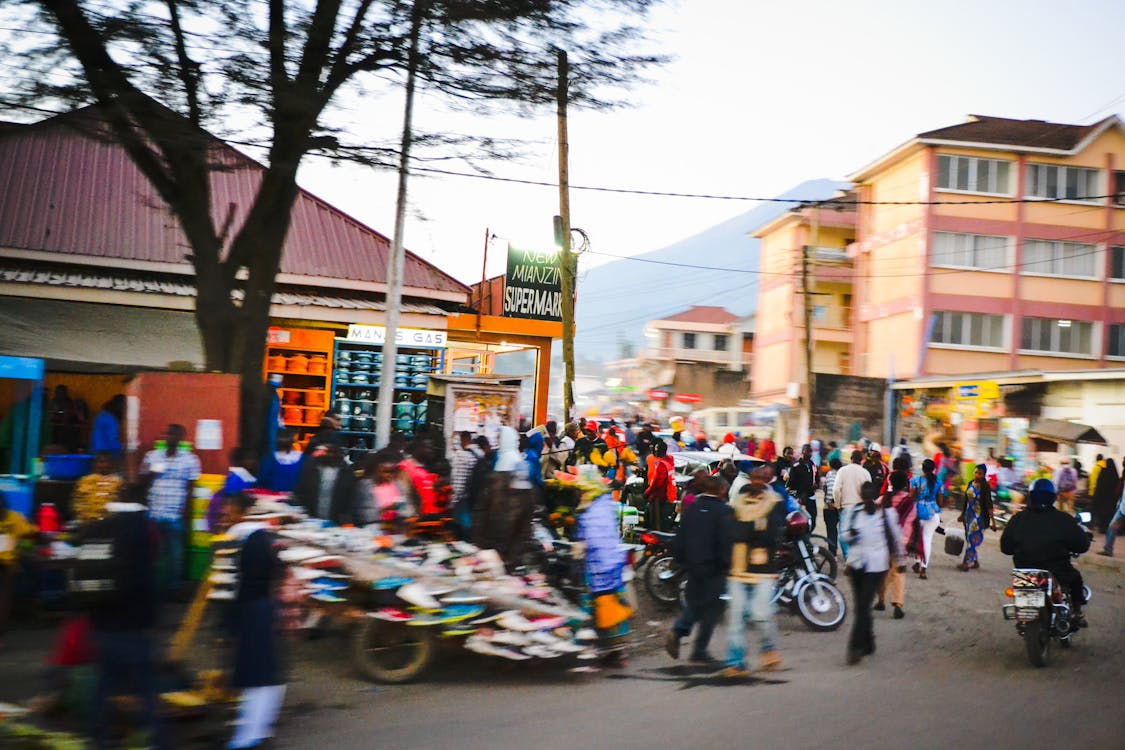Poverty in Sao Tome and Principe
 Two small islands off the coast of West Africa, Sao Tome and Principe, are known for their lush vegetation, Portuguese influences and warm island weather year-round. Guadalupe, a small town on the northern coast of Sao Tome and Principe, has become one of Africa’s premier vacation spots.
Two small islands off the coast of West Africa, Sao Tome and Principe, are known for their lush vegetation, Portuguese influences and warm island weather year-round. Guadalupe, a small town on the northern coast of Sao Tome and Principe, has become one of Africa’s premier vacation spots.
As one of Africa’s smallest countries, Sao Tome and Principe has experienced periods of dramatic growth and economic and political decline. However, about 45% of the country’s 223,561 residents face poverty, with those in rural areas with dense populations particularly affected.
Causes of Poverty in Sao Tome and Principe
The leading causes of poverty in Sao Tome and Principe are low income, lack of productive assets and means of production, lack of infrastructure and lack of social capital. Most of the country’s citizens depend on subsistence agriculture and farming; many work on cacao plantations, harvesting Sao Tome and Principe’s number one export. Approximately 80% of the country’s cacao production is sent abroad.
Since gaining independence from Portugal in 1975, the country has depended mainly on cacao production to generate national profit. However, due to poor agricultural practices and mismanagement, the quality of cacao coming from Sao Tome and Principe has decreased substantially, as has the quality of life for those who depend on its harvesting to survive.
Sao Tome and Principe also relies heavily on imports, possibly due to its lack of a skilled workforce and high national debt. This reliance on imports makes the country susceptible to fluctuations in global market prices. Similarly, it has a gross domestic product (GDP) of only $542.7 million and a vast amount goes to imported goods. Moreover, according to the African Development Bank (ADB), Sao Tome and Principe imports 50% of its goods and 100% of its oil. Hence, there is little room for emergency funding or poverty reduction spending.
According to the World Factbook, 55.5% (2017 estimate) of Sao Tome and Principe’s population lives below the poverty line. Furthermore, around 11.7% of its children aged less than 5 are suffering from stunting and 4.5% are suffering from being overweight.
Looking Ahead
Despite its lack of economic resources and small population, there are bright prospects for Sao Tome and Principe. In the last decade, the nation has made significant progress. In the education sector, nearly 100% of its children, including boys and girls, complete primary education. Overall, more than 90% of Sao Tome and Principe’s population is literate, leading to better job opportunities, higher productivity and economic growth. Though the country’s residents face poverty, illness and economic hardship, Sao Tome and Principe’s governing body places the utmost importance on education and finding better ways to sustain its integrity.
In the health care sector, Sao Tome and Principe has achieved a significant milestone against HIV/AIDS prevalence, reducing it to less than 1.5% from around 3% to 4% in 2005. The country is also on course to reduce stunting and wasting among its children. Like every other country, Sao Tome and Principe is facing its own challenges. However, it is working to improve the lives of its citizens.
– Candice Hughes
Photo: Pexels
Updated: May 27, 2024
